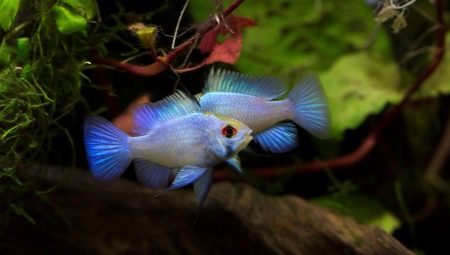Apistogram electric blue is derived artificially. This infinitely cute and beautiful fish has a peace-loving character and is able to get along with other species of fish. Since the underwater inhabitant is predisposed to certain diseases, you need to know the rules of care, otherwise breeding will be associated with many difficulties.
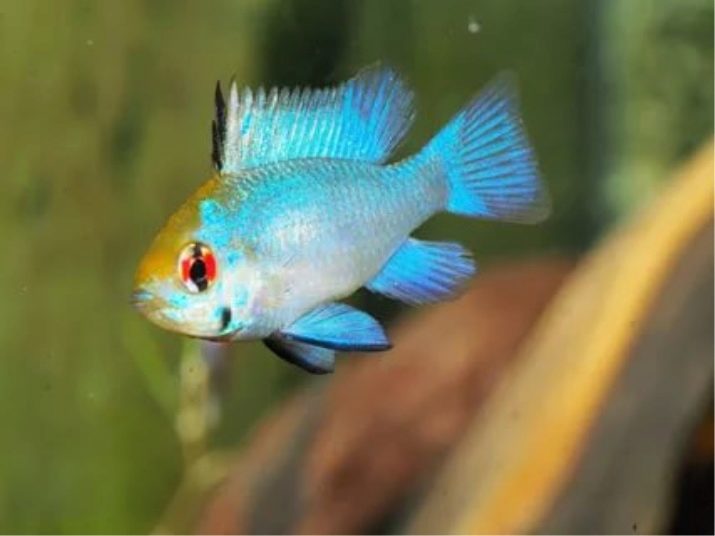
Appearance
Ramirezi electric blue is one of the varieties of dwarf cichlids. This small predatory fish has a bright blue color. Her head casts a dark orange tint, and her eyes are red and have a large black pupil. Fish become especially bright when spawning begins.
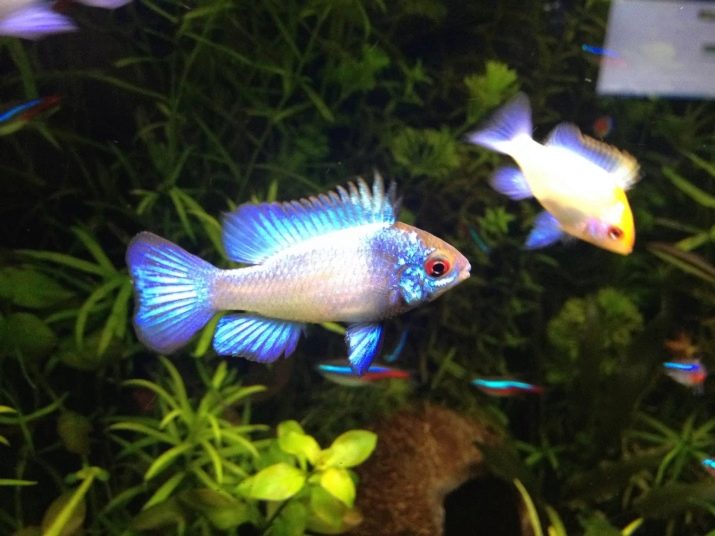
Despite the equally beautiful colors, males and females have noticeable differences. Boys are larger than girls, they have a longer ray of fin on the back, painted in black. Also, sexually mature males have a convex forehead, which can not be said about their partners. In an artificial environment, the length of the fish’s body is 2.5 cm, although in nature it can reach 5–6 cm. The approximate lifespan is 3-4 years under suitable conditions.
In a home aquarium, you can get a pair of either 1 male and 3 females, combining them with fish that have identical habits, with the exception of shrimps of small varieties considered to be prey of apistograms.
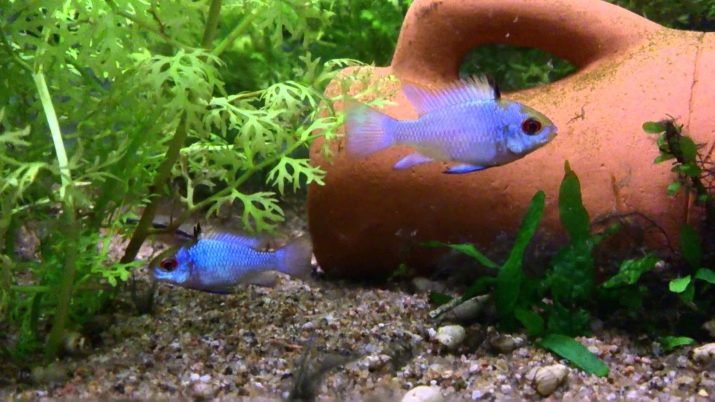
Care Features
The electrician bleu was recently bred, so there is not enough complete information about its contents, however, judging by the statements of aquarists, fish care is about the same as for other ramistrez apistograms. But beginners will have to strictly adhere to important requirements so that the fish feels comfortable and gives offspring.
For a couple of fish, a small aquarium of 40 liters with vegetation stylized as a tropical jungle is quite suitable. Since apistograms move in all layers of water, they need enough free space for swimming.
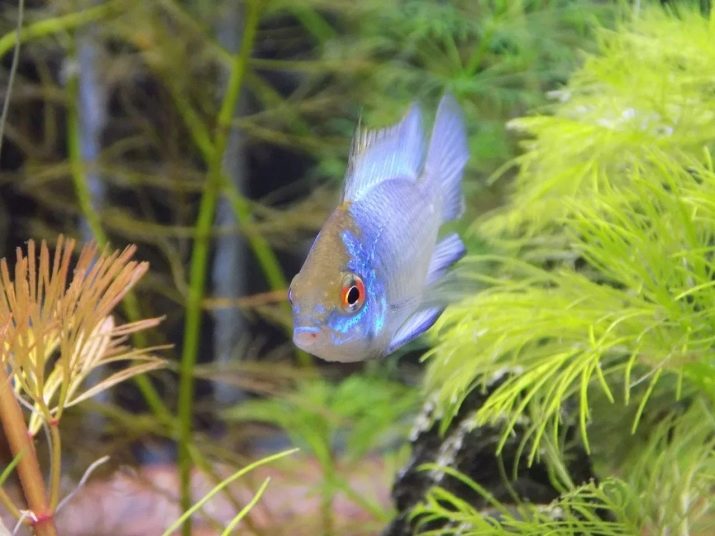
Environment Settings:
- stiffness - from 1 to 14 units;
- temperature - 25 to 32 degrees;
- acidity - 5.4-7.5 units.
Unlike some other species, cool water does not increase, but reduces the life of the fish, so you can not allow it to fall below 25 degrees.
It is important to install a filtration system, and up to 20% of the water must be replaced regularly (1 time per week), and fresh water is added a little, since ramirez is extremely sensitive to changes in composition.
A feature of dwarf cichlids is a weak immune system, therefore it is useful to place cones or dry leaves of alder in the aquarium, which slightly acidify the water, have antibacterial and antifungal properties. But for this they are pre-dried in the open sun or on a battery. 1-2 cones or several leaves are enough for a small aquarium.
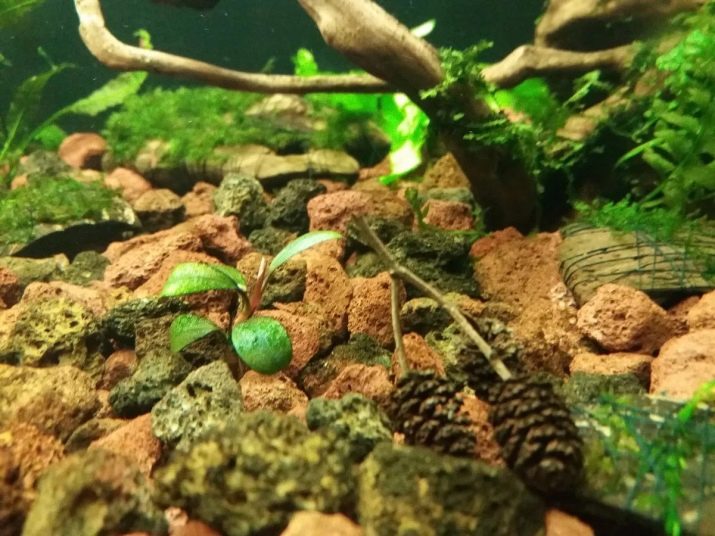
Finely dispersed quartz sand can be used for the bottom, by the way, it is better to choose dark shades, on which the electric blue looks especially advantageous. Rounded stones are suitable for decoration. Of the vegetation, various types of ambulia, Caroline, long-stemmed, silver or marble kombombs are preferred.
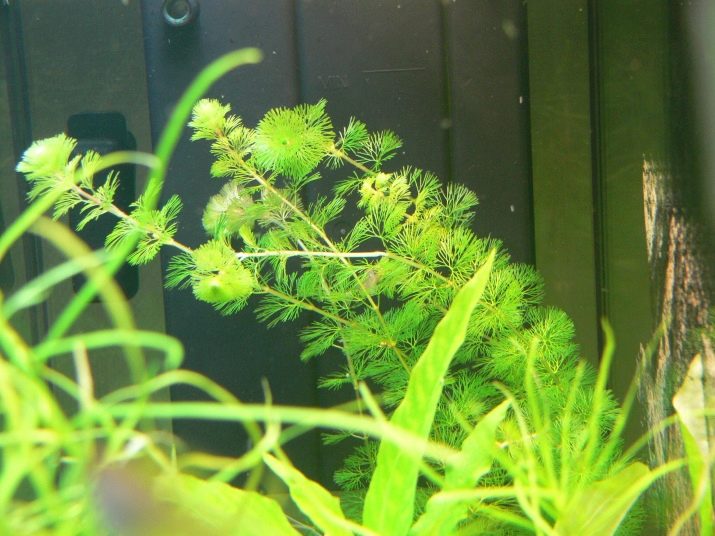
An installed heater will help maintain a constant temperature.. In addition, fish need good lighting. Based on the habits of the electric blue, they need to create small shelters that become especially relevant when the female is going to spawn. If there are 2-3 pairs, then several nooks will be needed.
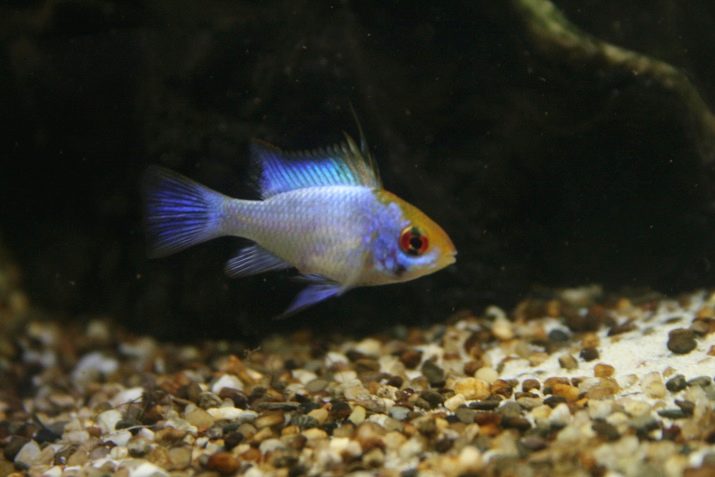
Feeding
The apistogram can give any kind of feed, it is considered omnivorous, but since it is a predator, it needs animal protein. Therefore, it is recommended to feed live and frozen food in the form of bloodworms and chopped tubule. Large pieces of food can lead to the death of the animal, so all food must be carefully chopped.
Suitable for fish and dry types of finished feed, for example, flakes specially designed for dwarf cichlids.
The main recommendation is small portions. 1-2 feedings are allowed per day.
Ramirezis are prone to poisoning and obesity, and due to illiterate care, they can get hexamitosis. If the fish has a darkened body, a belly has swollen, there is no appetite, and excrement resembles whitish threads, it must be urgently transferred to another aquarium so that it does not infect other aquatic inhabitants. In this case you should consult your veterinarian for advice.

Breeding
Specialists for obtaining fry are advised to acquire 8-10 young apistograms and keep them together. The fish themselves choose a mate and form a stable union, becoming reproductive in 6-8 months. As a rule, before spawning, they find a secluded place where the female lays 150-200 gray eggs on a smooth stone or a dense leaf of the plant, and the male fertilizes the clutch. This happens once every 10-15 days.
The incubation period lasts 3 days, and all this time the parents guard their offspring.
After this, first the larvae appear, which the male drags into the dug hole, and after another two days the larvae transform into fry. At this time, the female is best left in another tank.
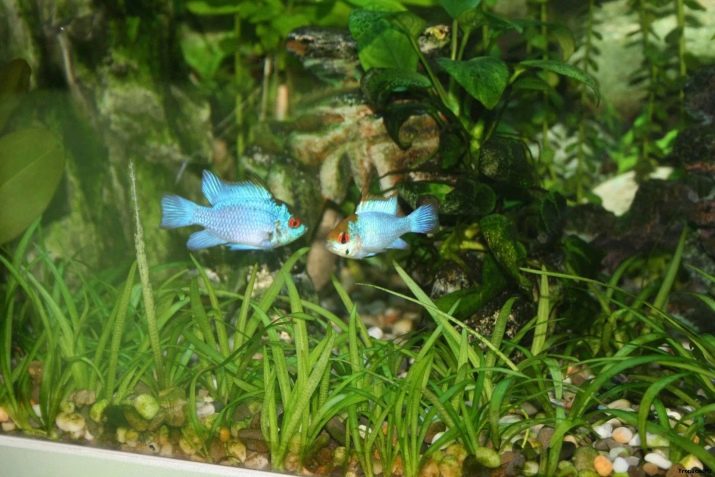
For three weeks, the “father of the family” takes care of the babies, after which he is also placed in another container. This is done in order to protect the kids from being eaten by their own parents, who have not lost their predatory habits. The fry are fed “live dust” (ciliates), microscopic particles of boiled egg yolk, a little later they give small plankton, gill-footed crustaceans, their larvae (nauplii), and freshwater crustaceans - cyclops.
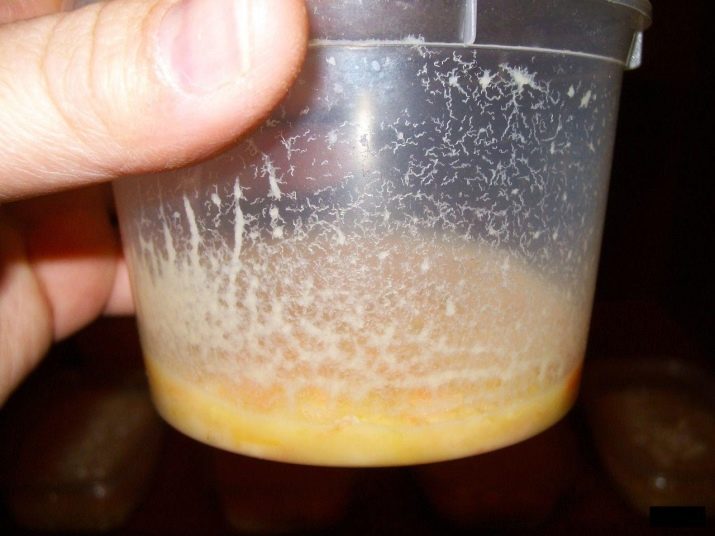
Who gets along with?
Apistogram electric blue is perfectly combined with the following types of aquarium fish:
- neon from the genus of fluffy fish;
- Indian catfish ghost (glass catfish);
- a labyrinth fish - lalius;
- microparsing of a family of cyprinids;
- other representatives of dwarf cichlids.
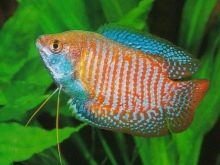
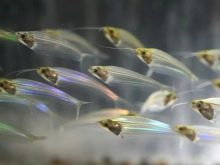
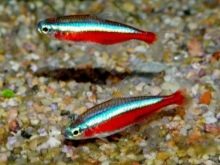
The neighbors of ramirez can be guppies, swordsmen, parrot fish, angelfish, gourami. but you can’t keep an electric blue with piranhas, goldfish and large aggressive representatives of the aquatic fauna. Apistograms are unlikely to maintain an even relationship with shrimp. The same can be said about species such as neocaridines, crystals. This is due to the fact that they prey on these animals.
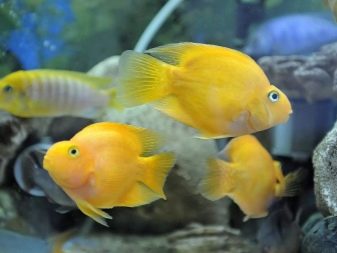
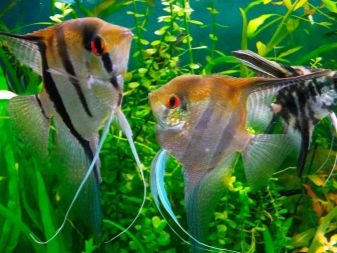
An electrician bleu behaves calmly in relation to aquarium vegetation, does not damage the stems and leaves, and digs the soil only in order to hide the larvae, therefore considered an ideal aquarium fish.
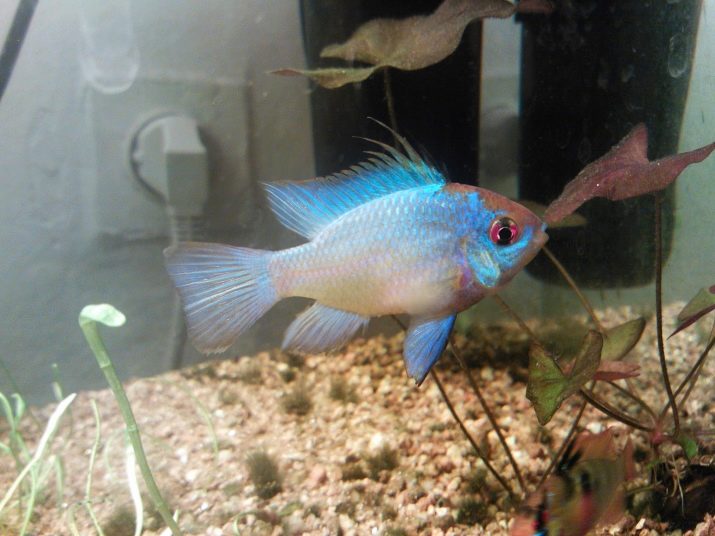
In the next video, you can watch the apistogram of ramirezi electric blue in the aquarium.
